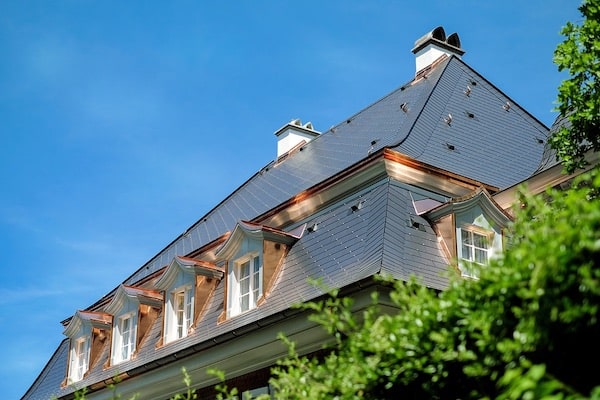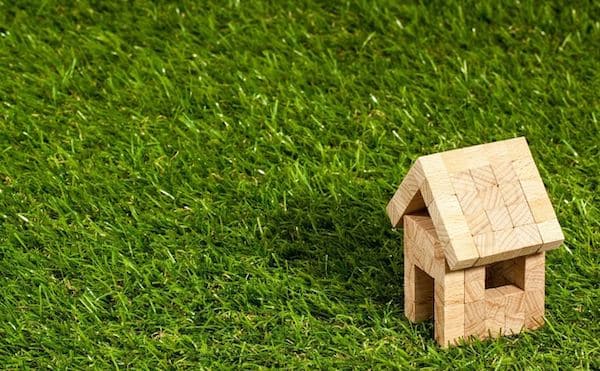The cover is one of the most important elements in construction, since its function is to protect the constructions of external agents. For this reason, it is not only convenient to pay attention to its design, but also to its strength and durability.
A wide variety of materials can be used for its construction, ranging from zinc, galvanized steel sheets, or from wood to ceramic tiles or slate, among others. However, even before choosing the material for our roof, we will have to decide what type of roof we want for our home.
If we had to start with the most basic classification, we could distinguish two different types of roofs: flat and inclined, although it is true that none is completely flat, because if so it would be impossible to evacuate water from precipitation. Thus, flat roofs usually have a minimum inclination of 3%.

Flat covers
Although it seems that there is only one type of flat cover, the truth is that we can find several modalities:
- Inverted: its main characteristic is that the thermal insulator is the one that protects the waterproofing system and not vice versa. Therefore, it is very important that the insulation used is very resistant to water.
- Passable: it is the typical cover, to which we can climb and walk through it if they have been conveniently protected with a balustrade. The floor is usually made of clay materials, which favor protection against water seepage.
- Greens: instead of using only land – the terraces, as they are called in coastal areas -, vegetation is planted on top, which not only serves as a decorative function, but also improves thermal regulation.
- Flooded: they are not very common yet and consist of replacing the plants of the previous type with water, which helps to insulate the surface of both heat and cold peaks. Precisely because of this, they can be a good option in places where night-day thermal contracting is very pronounced.
Sloping covers
On the other hand, the sloping covers usually present a slope greater than 10% for each of its skirts, which is what the two inclined planes are called. Within this classification, we can also find a wide variety, largely determined by the system used for the evacuation of rainwater:
- With one water: Built with a single sloping skirt, this type of roof is especially suitable for extensions of the house.
- Gabled: we could say that it is the standard most used in single-family homes, not only because of the ease of construction and its flexibility in adapting to architectural designs, but also because of its high functionality. In addition, it can break the symmetry of the roof with one of its skirts of greater length.
- With four waters:it is made up of four skirts and, in addition to being more complex from the construction point of view, it offers worse ventilation than the previous model. However, this type of cover is highly recommended in regions often hit with strong winds. There is a variant, called Dutch roof, which incorporates a head at each of the two ends, which favors greater illumination.
- To the mansard: This design is one of the most complex, because to the skirts of the coves, it incorporates others of greater inclination, which increases the space under the roof. There is also a version called cover with mansard skirts, in which these new skirts still have a more pronounced inclination, allowing to take advantage of both the interior ceiling space that even the installation of windows is usual.
- Butterfly cover:Despite the avant-garde design, reminiscent of an inverted gable roof, this model can bring more inconvenience than advantages: although it is true that it provides a lot of light and ventilates very well, rainwater drainage may be a problem. Something similar happens to the sawtooth cover, that is, in the form of M.







Leave A Comment